

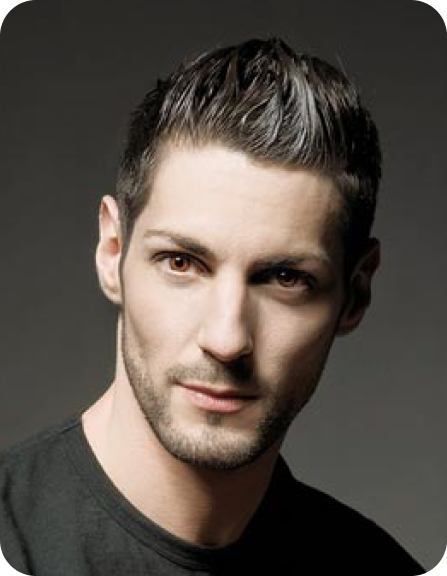

Stéphen Delattre
One of the highlights of Stéphen Delattre’s career was his appointment by the French government as Chevalier de l’Ordre des Arts et des Lettres.
This prestigious distinction honors his many years of contribution to the international dance arena as an ambassador for France. Stéphen has created works for numerous companies around the world and in his native Germany. These include Split National Ballet (Croatia), National Modern Dance Company State Theatre Kielce (Poland), Busan International Dance Festival (Korea), Staatsoper Ballett Hannover, Ballett des Staatstheater Mainz, Ballett des Saarländisches Staatstheater Saarbrucken, Ballet Augsburg, Tanzkompanie Staatstheater Braunshweig, Gallus Theater Frankfurt, Ballett Hagen, Ballett Koblenz.
Stéphen also made a foray into the musical genre with his critically acclaimed choreography Das Sherlock Musical. He has also created a gala repertoire for star dancers from all over the world, including principal dancers with the Paris Opera Ballet, Stuttgart Ballet, Royal Danish Ballet, English National Ballet, Semperoper Ballett and Staatstheater Karlsruhe. In addition to professional companies, he has taught, trained, directed workshops and choreographed for dance academies such as the Elmhurst Young Ballet in Birmingham (England), the National Dance of Beijing (China), the Conservatoire National Supérieur de Danse Lyon, the Ecole Supérieure de Danse Cannes and the Ecole Nationale Supérieure de Danse de Marseille.

Choreography by Stephen Delattre
and Filipe Portugal
Duration: 75 mns without intermission
12 dancers



An evening of dancing under the artistic direction of Stéphen Delattre.
In the evening dance “Shelter”, choreographers Stéphen Delattre and Filipe Portugal address questions of protection, shelter and safety. Together, they develop a choreography that moves seamlessly from one choreographer to the next. She blends classical ballet with modern and contemporary dance in a fascinating way. Each choreographer shapes the evening with his or her own style.
Expressive, dynamic and emotional, the choreographers ask questions: When do we feel protected? What does refuge mean? What form does it take and when does it appear? When and by whom or what do we feel safe?
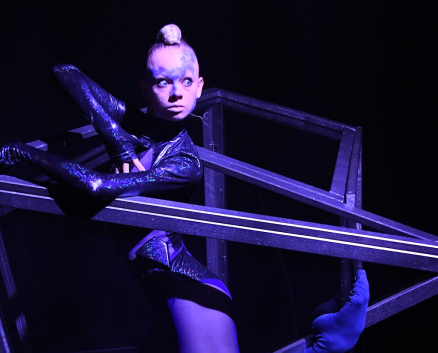
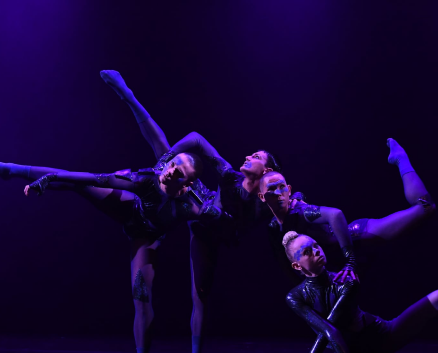



A ballet by Stéphen Delattre, based on the novel by Lewis Carroll.
One summer’s day, Alice chases a white rabbit wearing a vest and a pocket watch down a long corridor to a rabbit hole in a room with many locked doors.
It’s the start of a fantastic and adventurous journey to Wonderland, inspired by Lewis Carroll’s 1865 children’s book, and staged by choreographer Stéphen Delattre with his own modern, neoclassical language.
Go on an adventure with Alice and meet her companions such as the Cheshire Cat, the Mad Hatter, the White Rabbit and other characters, and discover the mistress of Wonderland, the Queen of Hearts.

Choreography by Stéphen Delattre
Running time: 110 mns + intermission
12 dancers
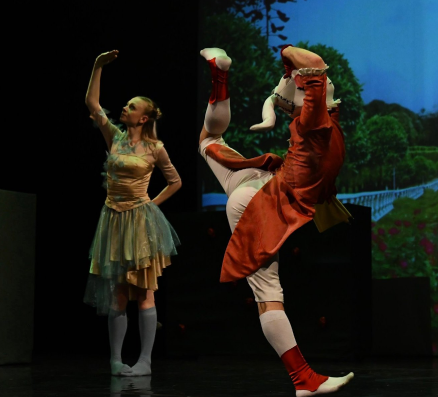
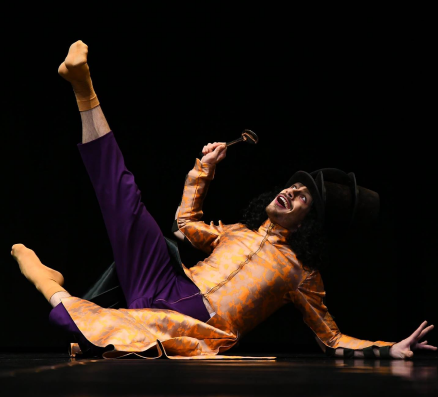

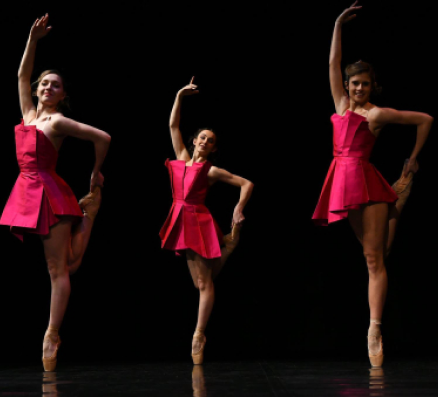

WILL.I.AM :
Design by Joerg Mannes and Stéphen Delattre
A Midsummer Night’s Dream :
Choreography by Joerg Mannes
Othello:
Choreography by Stéphen Delattre
Running time: 96 minutes + intermission
12 dancers


The first part, “WILL.I.AM”, choreographed by Stéphen Delattre, presents Shakespeare in a technically demanding and avant-garde choreography.
The second part, “Le Songe d’une nuit d’été” (A Midsummer Night’s Dream), choreographed by Austrian Jörg Mannes, is the comic part of the evening: Tribulations of love in its poignant, erotic and, at times, extremely comic forms. It’s one of Shakespeare’s most danced plays.
The third part, “Othello”, choreographed by Stéphen Delattre, tells the tragic story of Lago’s fatal plot and Othello’s blind jealousy, which culminates in Desdemona’s murder. Desdemona’s murder comes to life.
Shakespeare has never been performed in ballet in this form before.




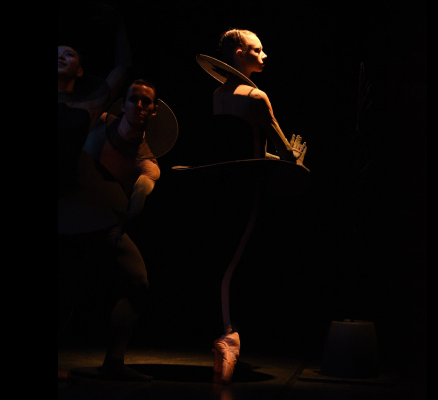
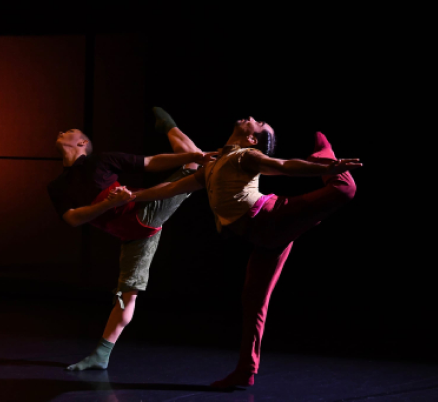
“If the gesture remains academic, Stéphen Delattre succeeds in creating an atmosphere thanks to the reversibility and mobility of the sets, which become a dancing element; to the fact that, in the course of his creations, he assumes the choice of a unisex dance; and, above all, to his choice of darkness, a form of chaos in which bodies appear and disappear in the half-light, finally organizing themselves into a communal movement.”
“In the magnificent costumes, the twelve members of the ensemble are wonderfully showcased. Thus, the multi-faceted and highly expressive dancers, who dance with great lightness in extremely demanding choreography, arouse enthusiasm. The combination of classical and modern ballet is extremely appealing.”
“Delattre was honored in many ways: as an artist, dancer and choreographer, but also as an educator and idol for young dancers and as a builder of bridges between Germany and France.”
“Sophisticated images, tuned like clockwork to the stage action, make this planned two-act evening a grand spectacle.”


